Introduction
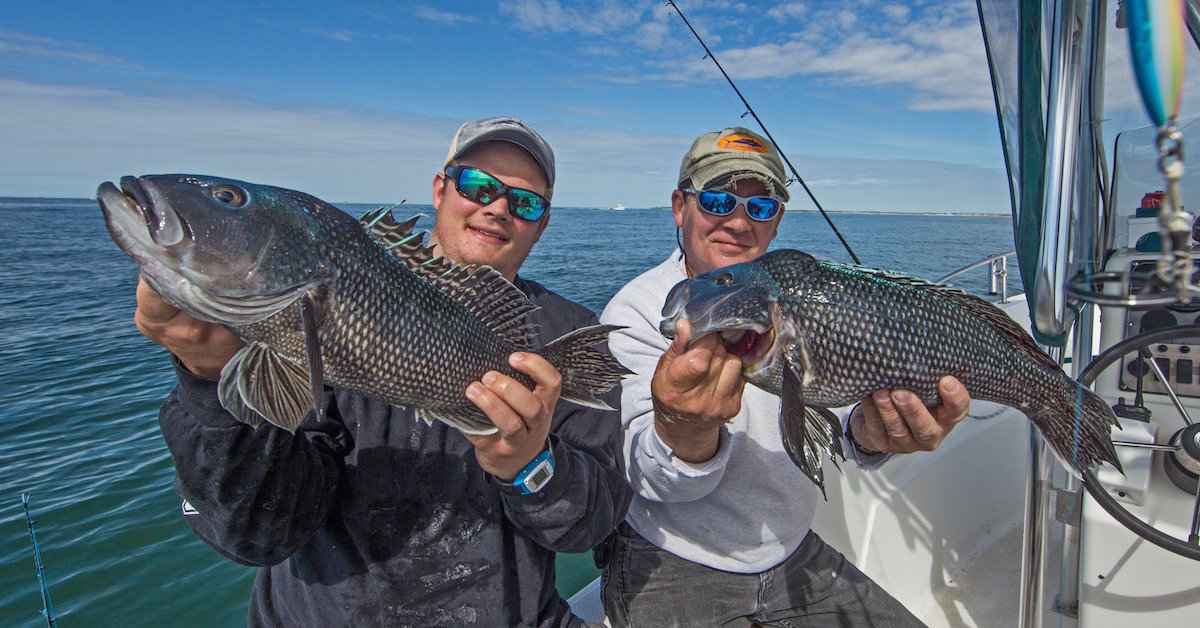
Sea bass is a popular fish in culinary culture due to its delicious taste and versatility in cooking. It is highly sought after for its delicate flavor and firm, flaky texture. Sea bass can be found in various types, each with its own unique characteristics and flavors. This article aims to explore the depths of sea bass, including its habitat, nutritional value, culinary uses, and conservation efforts. Whether you are a seafood lover or someone interested in sustainable fishing practices, understanding sea bass is essential. Join us as we dive into the world of sea bass.
What Is Sea Bass And Its Significance In Culinary Culture
Sea bass is a highly esteemed fish in culinary culture, valued for its delicious taste and versatile cooking options. It is characterized by its delicate flavor and firm, flaky texture, which makes it perfect for various recipes. Sea bass is particularly renowned for its ability to blend well with different flavors and ingredients, including citrus fruits, fresh herbs, and light sauces. Its popularity in gourmet cuisine is due to its ability to elevate dishes and provide a unique dining experience. Sea bass has become a staple in many cuisines worldwide, showcasing its significance in culinary culture. Explore the depths of sea bass and discover its exquisite flavors and culinary potential.
Different Types Of Sea Bass And Their Characteristics
There are several different types of sea bass, each with its own unique characteristics. Some of the most common types include:
- European Sea Bass: This species is found throughout the coastal waters of Europe and has a silver-gray color with a characteristic black spot on its gill cover.
- Chilean Sea Bass: Also known as Patagonian toothfish, this species has a rich, oily flesh that is prized for its flavor. It has a dark gray color and large, rounded scales.
- Asian Sea Bass: Found in the waters of Southeast Asia, this species has a bright silver color and a streamlined body. It is highly valued for its delicate taste and firm texture.
- Black Sea Bass: Native to the Atlantic coast of North America, this species is known for its dark coloration and distinctive black stripe running vertically down its body.
While each type of sea bass has its own unique characteristics, they all share a delicious taste and versatile culinary potential.
Sea Bass Habitat And Distribution
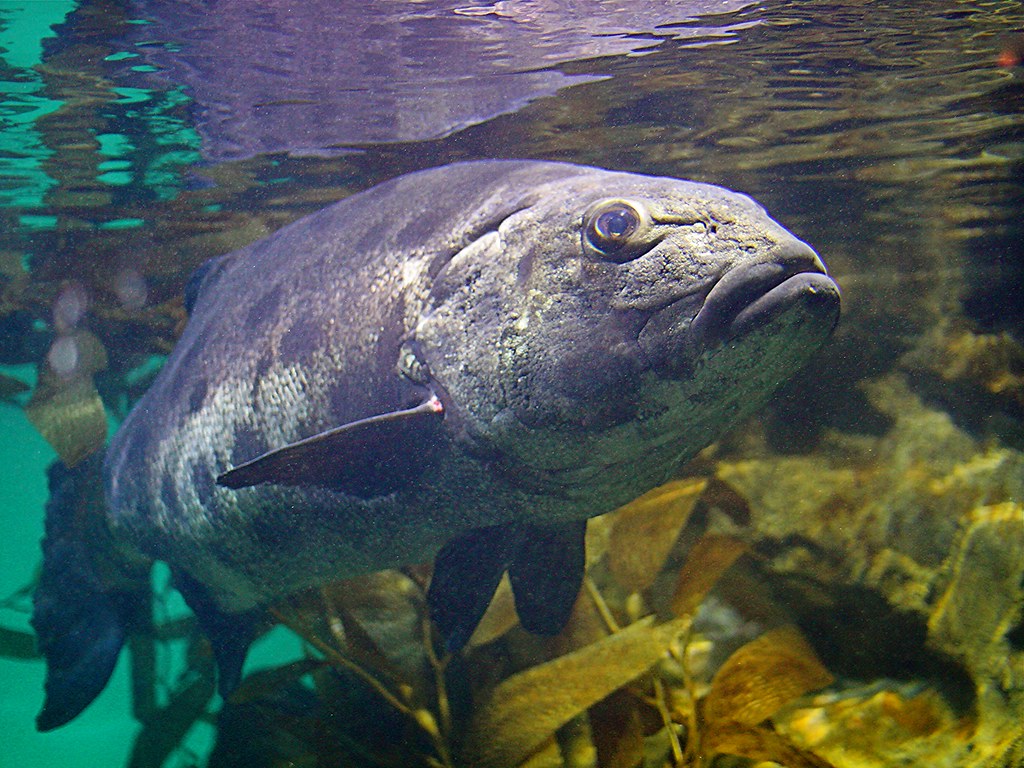
Sea bass are primarily found in coastal waters around the world, with different species inhabiting specific regions. They thrive in a variety of habitats, including rocky bottoms, reefs, wrecks, estuaries, and oyster beds. Juvenile sea bass tend to prefer estuaries, where they can find shelter and food while avoiding predators. Geographically, sea bass can be found in areas such as Europe, Southeast Asia, and the Atlantic coast of North America. Their distribution extends from the Gulf of Maine to the Florida Keys and into the Gulf of Mexico.
Preferred Environments For Sea Bass
Sea bass thrive in a variety of habitats, but they prefer structured environments such as rocky bottoms, reefs, wrecks, estuaries, and oyster beds. These habitats provide ample hiding spaces and cover for the sea bass, allowing them to evade predators and find shelter. Juvenile sea bass, in particular, tend to seek out estuaries where they can find abundant food sources while minimizing the risk of being preyed upon. These preferred environments create the perfect conditions for sea bass to thrive and maintain their population.
Geographical Regions Where Sea Bass Can Be Found
Sea bass can be found in various geographical regions around the world. They are commonly found in Atlantic waters, including the North Atlantic Ocean and the Mediterranean Sea. In the North Atlantic, sea bass can be found along the coasts of Europe, including Portugal, Spain, France, and the British Isles. In the Mediterranean, they can be found along the coasts of countries such as Italy, Greece, and Turkey. Sea bass are also present in the Pacific Ocean, particularly along the coasts of California and Mexico. These regions provide the ideal conditions for sea bass to thrive and are popular fishing destinations for anglers seeking to catch this prized fish.
Nutritional Value And Health Benefits
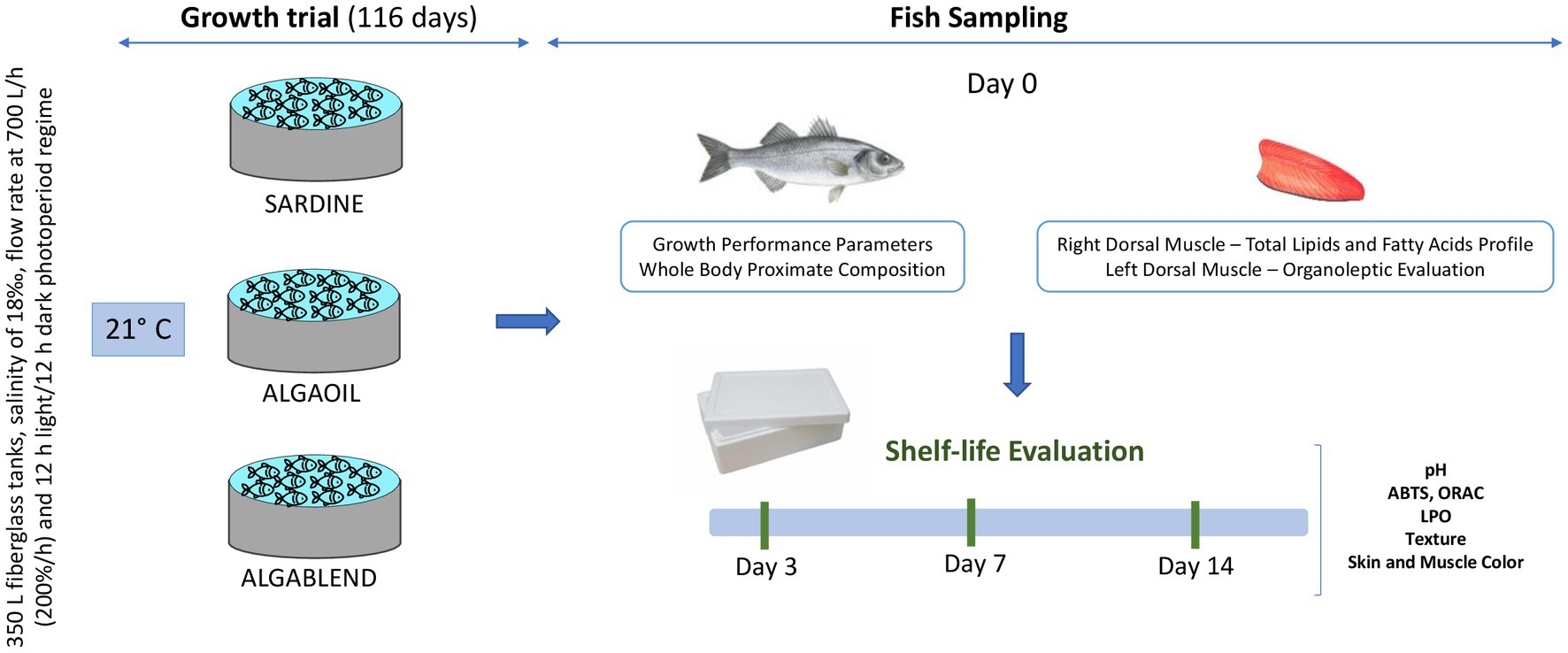
Sea bass is not only a delicious fish but also a nutritional powerhouse. It is packed with essential nutrients and offers numerous health benefits. Sea bass is a rich source of omega-3 fatty acids, which are known for their anti-inflammatory properties and their role in promoting heart health. It is also high in protein, making it an excellent choice for those looking to meet their protein needs. Additionally, sea bass is low in mercury, making it a safe seafood option for consumption. Incorporating sea bass into your diet can provide you with these essential nutrients and contribute to a well-balanced and healthy lifestyle.
Rich Source Of Protein And Essential Nutrients
Sea bass is not only a delicious fish but also a nutritional powerhouse. It is packed with essential nutrients and offers numerous health benefits. Sea bass is a rich source of protein, providing all the essential amino acids that our bodies need for growth and repair. Additionally, it is an excellent source of vitamins and minerals, including vitamin D, vitamin B12, selenium, and zinc. These nutrients play a crucial role in maintaining overall health and well-being. Incorporating sea bass into your diet can provide you with these essential nutrients and contribute to a well-balanced and healthy lifestyle.
Potential Health Benefits Of Consuming Sea Bass
Sea bass offers a range of potential health benefits when included in a balanced diet. As a rich source of protein, it supports muscle development and repair. The omega-3 fatty acids found in sea bass are beneficial for heart health, reducing the risk of cardiovascular diseases. Sea bass is also a good source of vitamin D, which plays a crucial role in maintaining bone health and immune function. Additionally, its selenium content contributes to antioxidant defense, protecting the body against oxidative stress and promoting overall well-being. Incorporating sea bass into meals can provide these health benefits and contribute to a healthy lifestyle.
Culinary Uses And Cooking Techniques
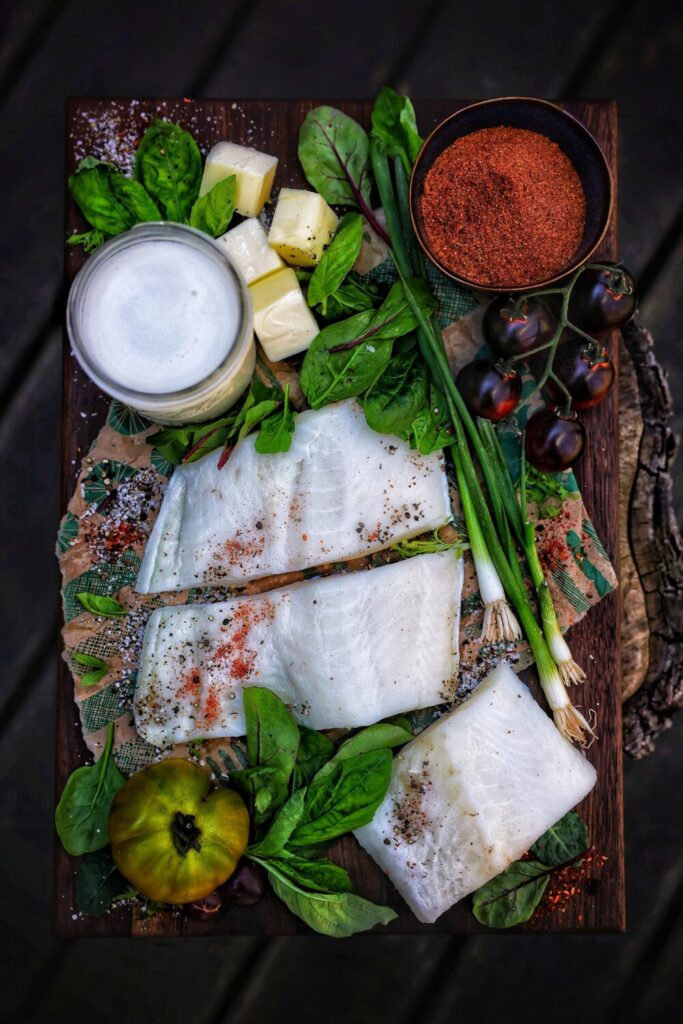
Sea bass is a versatile fish that can be prepared using a variety of cooking methods, each bringing out its unique qualities. Grilling sea bass gives it a smoky flavor and crispy skin, while baking it with herbs and seasonings enhances its delicate taste. Pan-searing sea bass creates a golden crust on the outside while keeping the flesh moist and tender. For a healthier option, steaming sea bass preserves its natural flavors and textures. Sea bass can even be enjoyed raw in sushi or sashimi preparations. Its firm, flaky flesh makes it a popular choice for gourmet dishes and seafood delicacies.
Popular Cooking Methods For Sea Bass
Popular cooking methods for sea bass include grilling, baking, pan-searing, and steaming. Grilling sea bass gives it a smoky flavor and a crispy skin, making it a favorite choice for outdoor cooking enthusiasts. Baking sea bass with herbs and seasonings enhances its delicate taste, while pan-searing creates a golden crust on the outside while keeping the flesh moist and tender. If you prefer a healthier option, steaming sea bass preserves its natural flavors and textures. Sea bass can also be enjoyed raw in sushi or sashimi preparations, showcasing its fresh and vibrant flavors.
Recipes And Dishes That Feature Sea Bass As The Main Ingredient
Sea bass is a versatile fish that can be used in various recipes and dishes to create flavorful meals. Some popular dishes that feature sea bass as the main ingredient include:
- Grilled Sea Bass with Lemon and Herbs: This simple yet delicious recipe involves marinating sea bass fillets with lemon, garlic, and herbs, then grilling them until they are nicely charred on the outside.
- Sea Bass Ceviche: Ceviche is a refreshing and tangy dish where sea bass is marinated in lime juice and mixed with diced onions, tomatoes, and cilantro. It is served chilled and makes for a perfect appetizer or light summer meal.
- Sea Bass en Papillote: This French cooking technique involves wrapping sea bass fillets in parchment paper with vegetables and herbs, then baking them. The steam created inside the parchment packet helps to infuse the fish with delicate flavors.
- Asian-style Sea Bass Stir-fry: In this dish, sea bass is cut into bite-sized pieces and stir-fried with a combination of soy sauce, ginger, garlic, and vegetables like bell peppers and bok choy. It is a quick and flavorful option for a weeknight dinner.
Remember to follow proper cooking techniques and get creative with seasonings and ingredients to create your own unique sea bass dishes.
Sustainable Fishing And Conservation Efforts
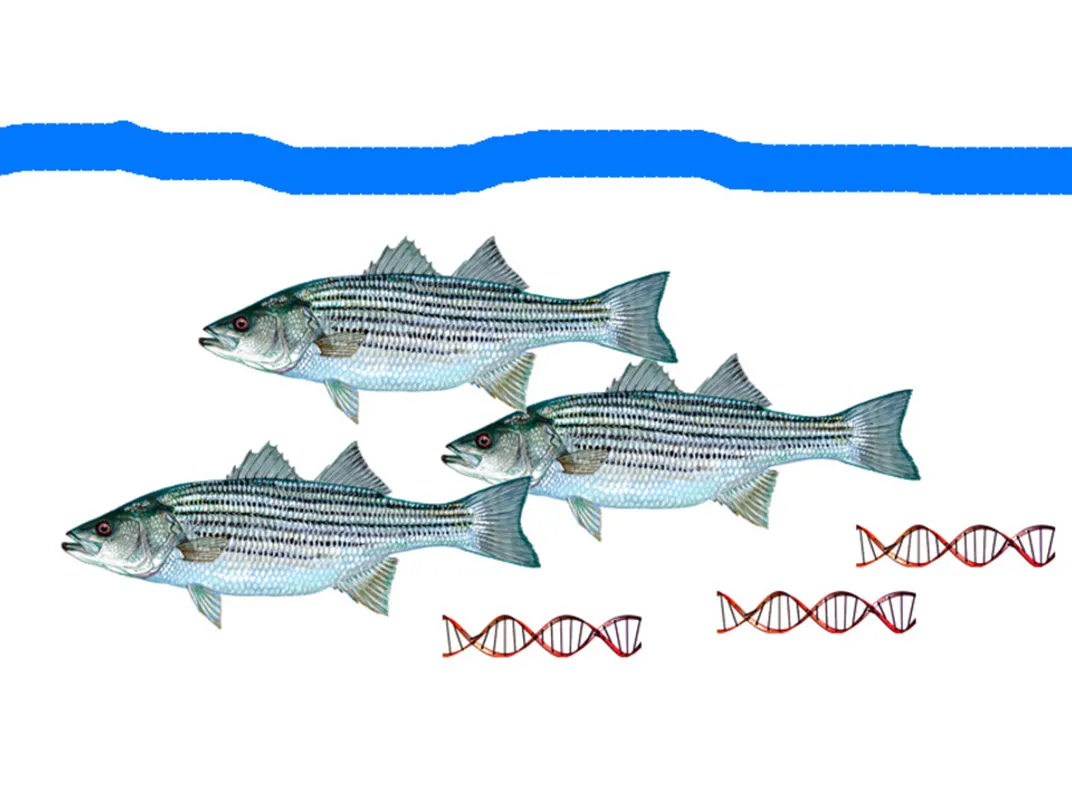
Sustainable fishing and conservation efforts play a crucial role in preserving sea bass populations for the future. Due to the popularity and demand for sea bass, overfishing has become a concern. To address this issue, various initiatives and regulations have been implemented to ensure sustainable fishing practices. These include setting catch limits, implementing size restrictions, and promoting the use of selective fishing gear to reduce bycatch. Additionally, organizations and fisheries are working towards improving fishery management practices, monitoring fish stocks, and conducting research to better understand the ecology and behavior of sea bass. By adopting these measures, the aim is to maintain a healthy sea bass population while minimizing the negative impact on the environment.
Challenges And Concerns In Sea Bass Fishing
One of the main challenges in sea bass fishing is the risk of overfishing due to the popularity and high demand for this species. Sea bass reproduction is slow and they have specific nursery areas near estuaries, making them vulnerable to overfishing. Illegal fishing practices and lack of effective enforcement also contribute to the decline of sea bass populations. Additionally, bycatch (the unintentional capture of non-target species) poses a threat to the overall marine ecosystem. These challenges highlight the need for strict regulations and sustainable fishing practices to ensure the long-term viability of sea bass populations.
Initiatives And Regulations To Ensure Sustainable Sea Bass Population
To address the challenges and concerns in sea bass fishing, various initiatives and regulations have been implemented to ensure the sustainable population of sea bass. These include:
- Fishery management plans: Governments and organizations have developed management plans that set catch limits, regulate fishing seasons, and establish size restrictions for sea bass. These plans aim to prevent overfishing and promote sustainable harvesting practices.
- Marine protected areas: Designating marine protected areas helps protect the breeding and nursery grounds of sea bass, allowing them to reproduce and replenish their populations without disturbance from fishing activities.
- Enforcement and monitoring: Strict enforcement of fishing regulations and monitoring of fishing activities helps deter illegal practices, such as overfishing and the use of destructive fishing methods. This ensures that sea bass populations are not depleted and that fishing practices remain sustainable.
- Collaborative research and conservation efforts: Governments, scientists, and fishing communities work together to conduct research on sea bass populations, habitat protection, and sustainable fishing practices. This collaboration helps to inform management decisions and develop effective conservation measures.
By implementing these initiatives and regulations, the aim is to maintain healthy sea bass populations, protect their habitat, and ensure the long-term sustainability of sea bass fishing for future generations.
Conclusion
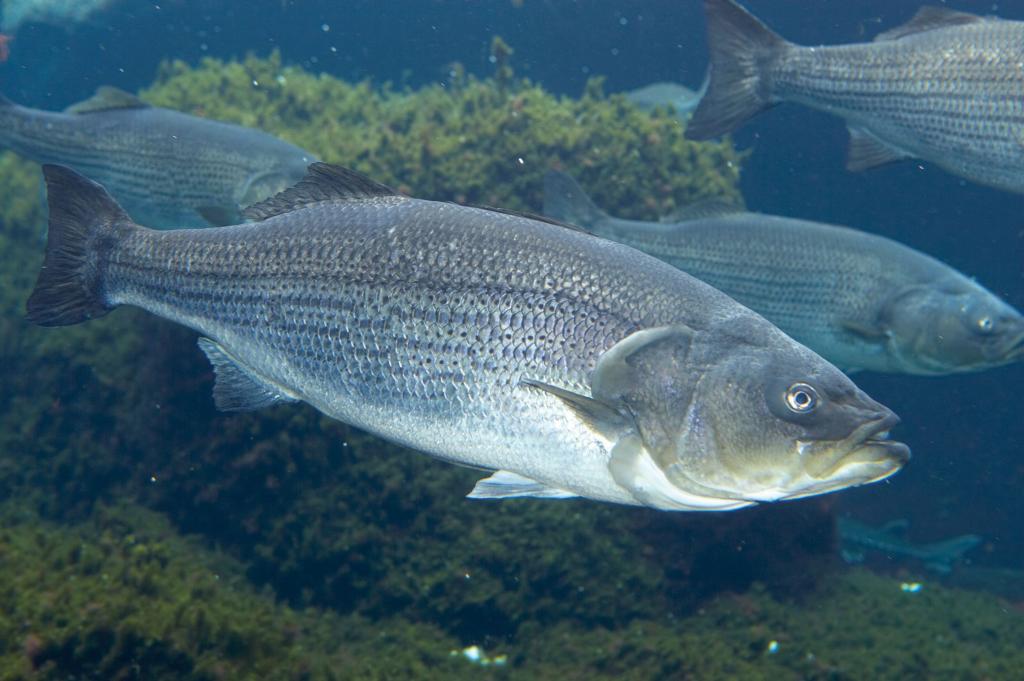
The exploration of sea bass has revealed its significance in culinary culture and the diverse types and characteristics of this fish. Sea bass is not only a delicious and versatile ingredient but also boasts numerous health benefits due to its high nutritional value. However, the challenges in sea bass fishing require sustainable initiatives and regulations to ensure the long-term wellbeing of sea bass populations. By implementing fishery management plans, marine protected areas, and collaborative research efforts, we can protect the sea bass habitat and ensure the sustainability of fishing practices. The conservation of sea bass is essential for maintaining a balance between culinary delight and environmental preservation.
Summary Of Sea Bass’ Culinary And Environmental Aspects
Sea bass is highly prized in culinary culture for its delicious flavor and versatile cooking options. With its mild yet distinctive taste, sea bass is a favorite ingredient in a variety of dishes such as grilled sea bass, sea bass ceviche, and sea bass en papillote. In terms of sustainability, sea bass populations are facing challenges due to overfishing and habitat destruction. To ensure the long-term well-being of sea bass, fishery management plans and collaborative research efforts are being implemented. Conservation measures like marine protected areas are essential for preserving the sea bass habitat and sustaining this valuable fish for future generations.
Exploring Further: Sea Bass Recipes And Resources
For those looking to explore the culinary possibilities of sea bass further, there are a plethora of recipes and resources available. From classic grilled sea bass to fancy sea bass en papillote, there are endless ways to showcase the delicious flavors of this fish. Online cooking websites and cookbooks often provide a wide range of sea bass recipes for all levels of culinary skill. Additionally, seafood guides and sustainable seafood organizations offer resources on where to source responsibly caught sea bass and provide valuable information on how to make more sustainable seafood choices.
Frequently Asked Questions – Sea Bass
Q: What is sea bass?
A: Sea bass is a popular type of fish that is known for its mild flavor and tender flesh. It belongs to the family of fish called Moronidae, which includes various species of bass found in different parts of the world.
Q: Where is sea bass commonly found?
A: Sea bass can be found in both saltwater and brackish water environments. They are widely distributed across the coastal regions of the Atlantic Ocean, Mediterranean Sea, and the Black Sea. They are a popular catch for recreational fishing enthusiasts and are also commercially harvested.
Q: Are there different types of sea bass?
A: Yes, there are several types of sea bass, each with their own characteristics and distribution. Some common types include European sea bass (Dicentrarchus labrax), known as branzino or lubina, Asian sea bass (Lates calcarifer), known as barramundi, and black sea bass (Centropristis striata), found in the western Atlantic Ocean.
Q: What does sea bass taste like?
A: Sea bass has a delicate, mild flavor that is often described as sweet and buttery. Its flesh is white and tender, making it a versatile fish for various cooking methods. The flavor can vary slightly depending on the type of sea bass and where it was caught.
Q: How can I cook sea bass?
A: Sea bass can be prepared using a wide range of cooking techniques. It is commonly grilled, baked, pan-fried, or steamed. Seasonings and sauces, such as lemon, garlic, herbs, and butter, pair well with sea bass and enhance its natural flavor. It is important not to overcook sea bass as it can become dry.
Q: Is sea bass a healthy choice?
A: Yes, sea bass is a nutritious choice. It is low in calories and fat but high in protein. It is also a good source of vitamins and minerals, including omega-3 fatty acids, which are beneficial for heart health. As with any seafood, it is important to ensure that it is sourced sustainably and consumed as part of a balanced diet.
Q: Can people with allergies consume sea bass?
A: Seafood allergies are relatively common, and sea bass is no exception. People with fish allergies should exercise caution and consult with their healthcare provider before consuming sea bass or any other type of fish.
Q: What are some popular recipes featuring sea bass?
A: Sea bass is a versatile fish that can be used in various recipes. Some popular preparations include grilled sea bass with lemon and herbs, roasted sea bass with vegetables, pan-seared sea bass with a creamy sauce, and Asian-style steamed sea bass with ginger and soy.
Q: Is sea bass sustainable?
A: Sustainable fishing practices are crucial for the long-term health of sea bass populations. When purchasing sea bass, it is recommended to choose fish that is certified as sustainably sourced by organizations such as the Marine Stewardship Council (MSC) or the Aquaculture Stewardship Council (ASC).
Overall, sea bass is a delectable and versatile fish that is enjoyed by seafood lovers around the world. Its mild flavor, tender flesh, and nutritional benefits make it a popular choice for various culinary creations.

Kemah Cafe is a family-owned eatery that takes pride in offering a delightful array of Vietnamese, Chinese, and Thai dishes. Located at the heart of the community, Kemah Cafe has been serving up delicious Pho and other authentic Asian cuisine for many years. Founded with a passion for sharing the flavors of the East, Kemah Cafe has become a beloved culinary destination for locals and visitors alike. The warm and welcoming atmosphere of the cafe, combined with the tantalizing aromas of freshly prepared dishes, creates an unforgettable dining experience.